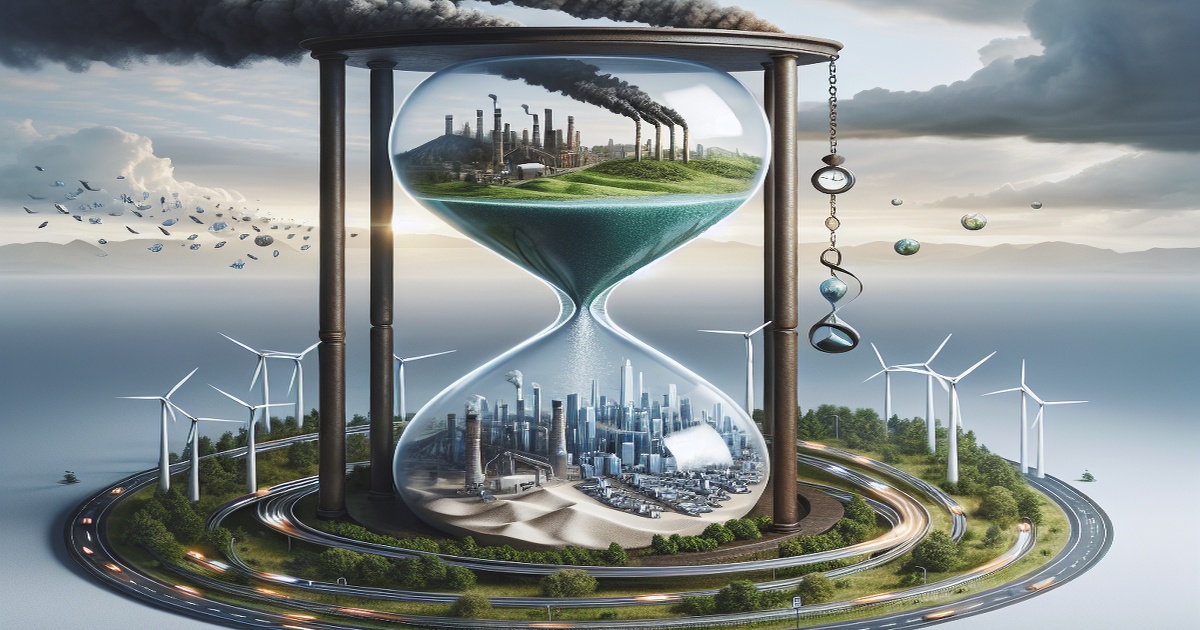Canada's Transmission Lines Face a Critical Upgrade for Net-Zero Goals
Canada's aging transmission infrastructure is facing a critical need for modernization to meet the country's ambitious net-zero emissions target by 2050. While provincial utility providers have ramped up transmission-line projects in recent years, experts warn that the pace of investment is lagging behind what's needed.
One of the key challenges lies in adapting the current system to handle the unique characteristics of renewable energy sources. Unlike conventional power plants, renewable energy like solar and wind are intermittent and require careful management to avoid overloading the grid. This necessitates new standards and technologies to ensure predictability and minimize the impact on transmission lines.
Furthermore, the current grid is designed for one-way energy flow, from generation to consumption. However, the integration of renewables necessitates a "bi-directional grid" that can also store and distribute energy. This requires significant upgrades to accommodate the two-way flow of power.
Another crucial aspect is grid hardening, which involves protecting transmission lines from extreme weather events. This includes burying lines underground, as seen in California and Ontario, to enhance resilience and minimize environmental impact.
However, the current fragmented nature of Canada's electrical grid, with limited interconnection between provinces, poses a significant challenge. Experts emphasize the need for collaboration and innovation among provinces to share costs, test new technologies, and ensure a resilient and interconnected grid.
The ambitious goal of net-zero emissions by 2050 necessitates a focus on climate change when upgrading transmission lines. As electrification becomes a key low-carbon energy solution, particularly for heating, winter energy demand will rise significantly. This underscores the need to increase energy carrying capacity and upgrade lines efficiently and cost-effectively.
In conclusion, Canada's transmission infrastructure faces a critical need for modernization to accommodate the transition to renewable energy and achieve net-zero emissions. Addressing the challenges of intermittency, bi-directional flow, grid hardening, and interprovincial collaboration will be crucial in ensuring a resilient and sustainable electricity grid for the future.







5 Comments
Cerebro
The cost of upgrading the grid is going to be astronomical. How are we going to pay for it all?
BuggaBoom
I'm excited about the possibilities. This is a chance to create a cleaner, more sustainable future for Canada.
Katchuka
This is going to reduce our reliance on fossil fuels and help us fight climate change.
Eugene Alta
Finally, someone is talking about this! Canada's transmission infrastructure is a mess. We need major upgrades to handle renewables and reach net-zero.
KittyKat
This is just another example of politicians making unrealistic promises. We'll never reach net-zero with our current infrastructure.